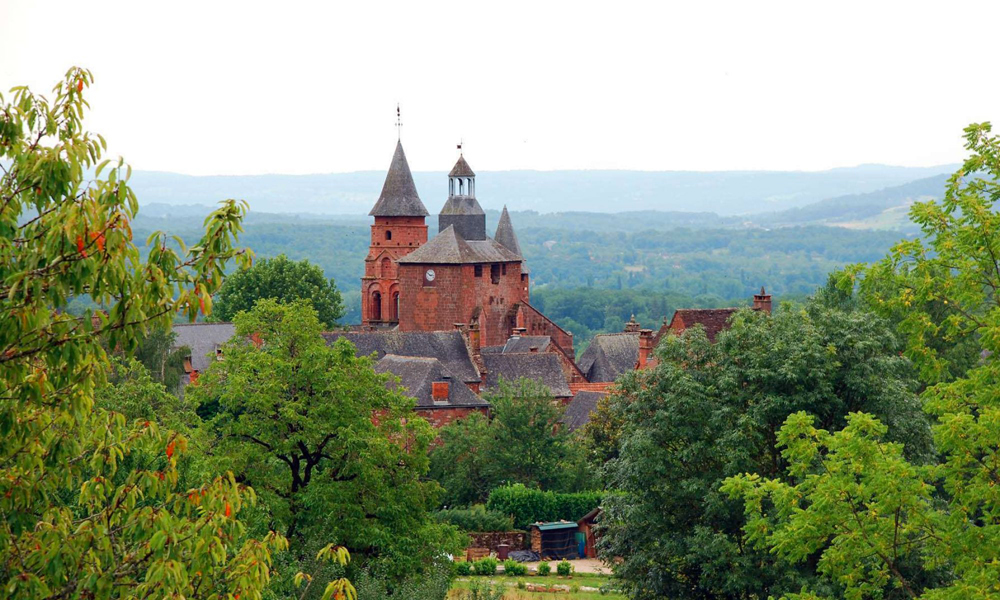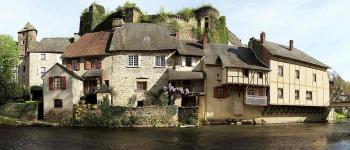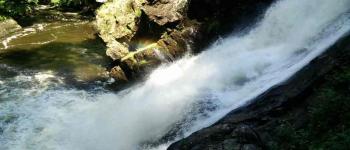
Collonges la Rouge, nicknamed "the city of twenty-five towers", is listed as one of France's "most beautiful villages", an association founded in 1982 by Charles Ceyrac, mayor of Collonges from 1965 to 1996, and headquartered in Collonges.
Erected on the geological fault of Meyssac, Collonges la Rouge owes its name to its atypical red sandstone.
In the 8th century, following a donation from Count Roger de Limoges, the monks of the Charroux abbey in Poitou founded a priory, which became part of the Viscounty of Turenne in 844, attracting many farmers, craftsmen and tradesmen under its protection.
Welcoming pilgrims on their way to Compostelle via Rocamadour was also a lasting source of wealth. In 1308, the Viscount of Turenne granted the town a charter of franchise and the right of high, medium and low jurisdiction.
Following the sale of the viscounty to the French Crown in 1738 - which meant the end of its tax privileges - and the Revolution, which destroyed the priory buildings, the town enjoyed only a short-lived period of prosperity at the beginning of the 19th century.
In the 19th century, the town fell into a state of lethargy, and houses began to fall into ruin.
In the early 20th century, a group of Collonge locals founded the "Friends of Collonges" association, which led to the classification of the entire site in 1942.
Renovating a rich heritage
In 1969, Collonges became Collonges-la-Rouge.
In 2014, the village center underwent a three-phase renovation.
Collonges-la-Rouge boasts a rich heritage, including Saint-Pierre church and its Romanesque bell tower, the 15th-century Penitent chapel and its exhibition, the 16th-century Maison de la Sirène, a museum of local history, the Tourist Office's vaulted cellar, the walnut mill, the Moutardier du Pape,, an interactive museum of Corrèze mustards, the animated still, the market hall and its communal oven, numerous castels, remarkable houses... many of which are listed as Historic Monuments.
Also worth a visit is the restored 16th-century Château de Vassinhac. You can visit various period-furnished rooms, including writer Colette's bedroom, the Louis XVI salon and many more... A spiral staircase leads to a vaulted cellar, where photos of the château from its origins to its restoration are on display. A film about Collonges-la-Rouge and the life of the château is shown in another cellar. Take a stroll through the park, and you'll discover calvaries, a sculpted cross and the southern facade of the château. The café terrace at the foot of the château is open to the public.
It's also worth noting that Maurice Biraud, actor and radio host, fell in love with Collonges-la-Rouge, which he helped to make better known and where he is buried, and that several films and series were shot in the commune, notably Julien Duvivier's "Poil de carotte" in 1932 and Bernard Borderie's "Le Chevalier de Pardaillan" in 1962.
Tourist office
rue de la Barrière,
19500 Collonges-la-Rouge
Tel.: 05.65.33.22.00
Collonges-la-Rouge Town Hall
Tel: 05.55.25.41.09





